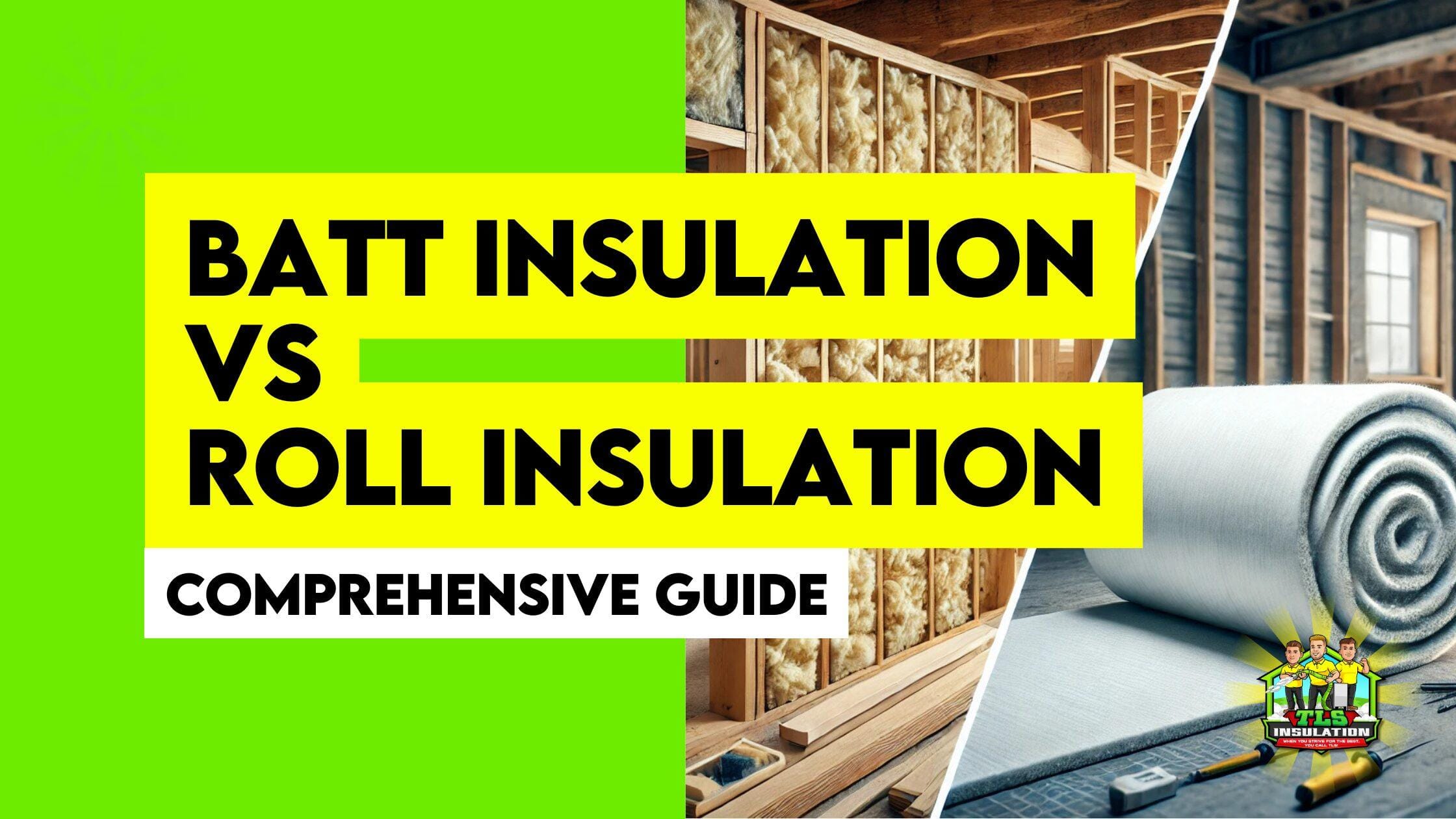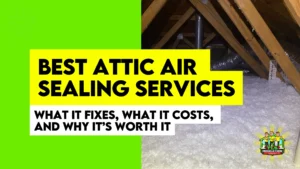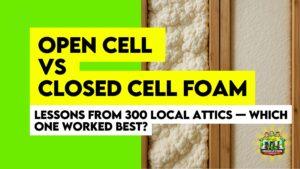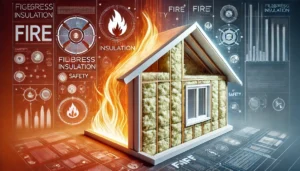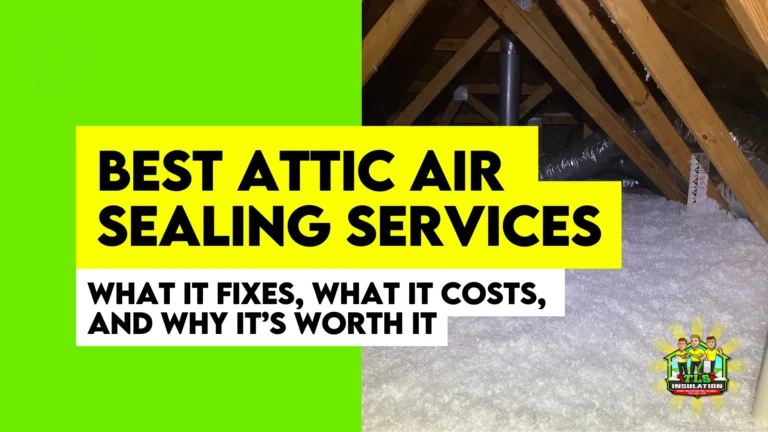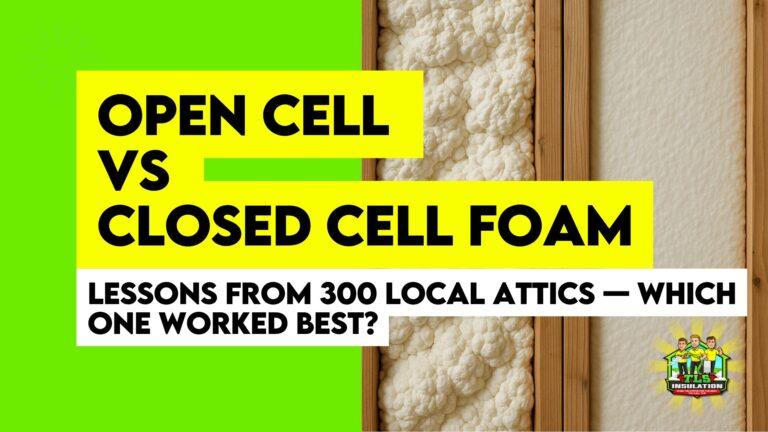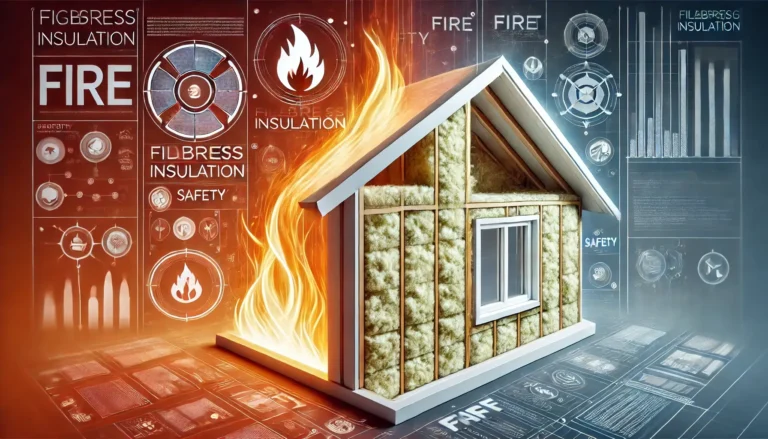Batt vs roll insulation are two of the most common insulation types, each offering unique advantages for modern day building and construction. Batt insulation, including fiberglass batt insulation and mineral wool batt, provides versatile, pre-cut insulation solutions ideal for standard walls, floors, and ceilings.
On the other hand, a roll of insulation or rolled insulation excels in covering large, open areas like attics and crawl spaces, reducing thermal bridging and enhancing overall insulation coverage.
However, factors such as insulation material, installation quality, and the presence of vapor barriers significantly influence the effectiveness of each type.
According to the U.S. Department of Energy study, choosing between batt and roll insulation can lead to substantial energy savings and improved heat control, making informed decisions essential for any home insulation project.
Batt vs Roll Insulation: A Comprehensive Difference between Batts and Rolls:
| Aspect | Batt Insulation | Roll Insulation |
| Insulation Material | Primarily fiberglass batt insulation, mineral wool batt, and rock batt insulation. | Typically fiberglass roll insulation, mineral wool roll, and plastic fiber roll. |
| Form Factor | Pre-cut insulation batts designed to fit standard wall and ceiling cavities. | Rolls of insulation that are unrolled and cut to fit specific areas. |
| Typical R-Value | R-11 to R-38 per inch, depending on material and density. | R-13 to R-30 per inch, varying with material type and thickness. |
| Installation Areas | Ideal for walls, floors, ceilings, and garage doors. | Best suited for attics, crawl spaces, and large open areas where thermal bridging is a concern. |
| Installation Method | Inserted between trusses, around electrical cables, and fitted snugly to minimize gaps. | Laid out across surfaces and cut to fit around obstructions, ensuring continuous coverage to prevent gaps. |
| Practicality | Batt insulation offers versatility with pre-cut insulation, making it easy for DIY projects in standard spaces. | Roll insulation provides seamless coverage in open areas, reducing the likelihood of thermal bridging. |
| Cost-Effectiveness | Generally affordable with a higher upfront cost for high-quality insulation batts, but requires precise fitting. | Often more economical per square foot, especially for large installations, with lower material waste. |
| Lifespan | Durable when properly installed, but susceptible to damage from moisture and compression over time. | Long-lasting if kept dry and properly maintained, less prone to compression-related insulation extraction. |
| Energy Efficiency | Provides excellent thermal resistance when fitted correctly, contributing to a well-insulated home. | High insulation coverage minimizes heat flow, enhancing energy savings and reducing heating and cooling costs. |
| Sound Dampening | Fiberglass batt insulation and wool batt offer moderate soundproofing capabilities. | Roll insulations like mineral wool provide superior acoustic performance in open spaces. |
| Environmental Impact | Often made from recycled materials, especially mineral wool batt; rock batt insulation is eco-friendly. | Can vary; some roll insulations use recycled content, while others may involve less sustainable materials. |
| Health Considerations | Proper handling is essential to avoid irritation from fiberglass fibers; vapor barriers can prevent mold. | Similar precautions as batt insulation; vapor barriers are important to maintain indoor air quality. |
| Flexibility | Limited to standard cavity sizes; insulation batts may require trimming for irregular spaces. | Highly adaptable to various shapes and sizes, ideal for non-standard or complex insulation areas. |
| Compatibility | Works well with other insulation types when layered to achieve higher insulation r-values. | Can be easily combined with other materials like vapor barriers and thermal barriers for enhanced performance. |
| Maintenance | Minimal maintenance required, but inspections should ensure no thermal bridging or moisture intrusion occurs. | Low maintenance, but periodic checks for integrity and moisture are recommended to maintain effectiveness. |
| Installation Expertise | Requires precise measurement and fitting; insulation contractors or local insulation technicians can ensure optimal placement . | Easier for large-scale installations, but professional installation can maximize coverage and efficiency. |
Roll vs Batt: How Many Rolls or Batts of Insulation Do I Need for My Attic
Determining the precise number of rolls or batts of insulation for your attic requires accurate measurements of attic dimensions, desired R-value, and the specific insulation material/type utilized. In Florida’s warm climate, optimizing thermal resistance and moisture control becomes easy by utilizing an insulation r value chart alongside an insulation thickness chart ensures comprehensive insulation coverage.
Rolls vs Batts for Common Attic Sizes in Florida
| Attic Size | Batt Insulation | Roll Insulation | Quantity Needed | Practicality | Lifespan |
| 600 sq.ft | Fiberglass Batt InsulationPre-cut for precise fitting around trusses and electrical cables. | Fiberglass Roll InsulationSeamless coverage reduces thermal bridging. | ~20 batts10 rolls | Batts are ideal for standard spaces with obstacles.Rolls better for open areas. | 20-30 years |
| 1,000 sq.ft | Mineral Wool BattProvides enhanced thermal resistance and sound dampening. | Plastic Fiber RollAdapts easily to large, open insulation areas. | ~35 batts18 rolls | Batts offer versatility in multi-space attics.Rolls ensure continuous coverage. | 20-30 years |
| 1,500 sq.ft | Rock Batt InsulationSuperior durability for extensive coverage. | High-Density Roll InsulationMaximizes insulation coverage in expansive areas. | ~50 batts27 rolls | Batts manage irregular spaces effectively.Rolls minimize gaps in large attics. | 25-35 years |
Major Usability Aspects of Roll or Batt Insulation For Attics in Florida:
Attic Size Consideration:
- 600 sq.ft: Smaller attics benefit from fiberglass batt insulation for precise installation around trusses and electrical cables. Roll insulation covers open spaces efficiently, minimizing thermal bridging.
- 1,000 sq.ft: Medium-sized attics require mineral wool batt for improved thermal resistance and acoustic properties, while plastic fiber rolls offer seamless coverage.
- 1,500 sq.ft: Large attics are best served by rock batt insulation for durability and high-density roll insulation to ensure comprehensive insulation coverage.
Practicality and Installation:
- Batt Insulation: Ideal for areas with obstructions, offering pre-cut insulation batts for easy fitting around structural elements. Requires precise installation to prevent gaps.
- Roll Insulation: Excels in open attic spaces, providing continuous coverage that reduces thermal bridging. Easier for large, unobstructed areas but may require cutting around obstacles.
Lifespan and Durability:
- Both insulation types typically last 20-35 years when properly installed. Roll insulation in Florida’s humid climate benefits from fewer seams, reducing moisture ingress and maintaining R-value over time.
- Batt Insulation requires meticulous installation to avoid moisture damage and compression, which can compromise thermal resistance.
Energy Efficiency:
- Properly installed roll insulation ensures uniform insulation coverage, enhancing energy savings by effectively reducing heat flow.
- Batt Insulation, when fitted correctly, also provides excellent thermal resistance, particularly in attics with varied structural features.
Frequently Asked Questions (FAQs):
What Is a Batt and Roll of Insulation?
Batt and roll insulation are two primary insulation types: batt insulation comes in pre-cut insulation batts for walls and ceilings, while roll insulation is sold in continuous rolls ideal for attics and large open spaces.
Why Are Insulation Batts More Expensive Than Rolls?
Insulation batts are typically pricier than roll insulation due to their pre-cut insulation design and versatility in fitting around trusses and electrical cables, enhancing thermal resistance.
How Much Does a Roll of Insulation Cover?
A standard roll of insulation usually covers about 49 square feet, but coverage can vary based on the insulation material/type and desired R-value.
Batt vs Roll Insulation Cost
Batt insulation generally has a higher upfront cost compared to roll insulation, which is more cost-effective for large areas due to reduced material waste and easier installation.
What Is Pre Cut Insulation?
Pre-cut insulation refers to batt insulation that is sized to fit standard insulation areas like walls and ceilings, simplifying installation and ensuring consistent insulation coverage.


